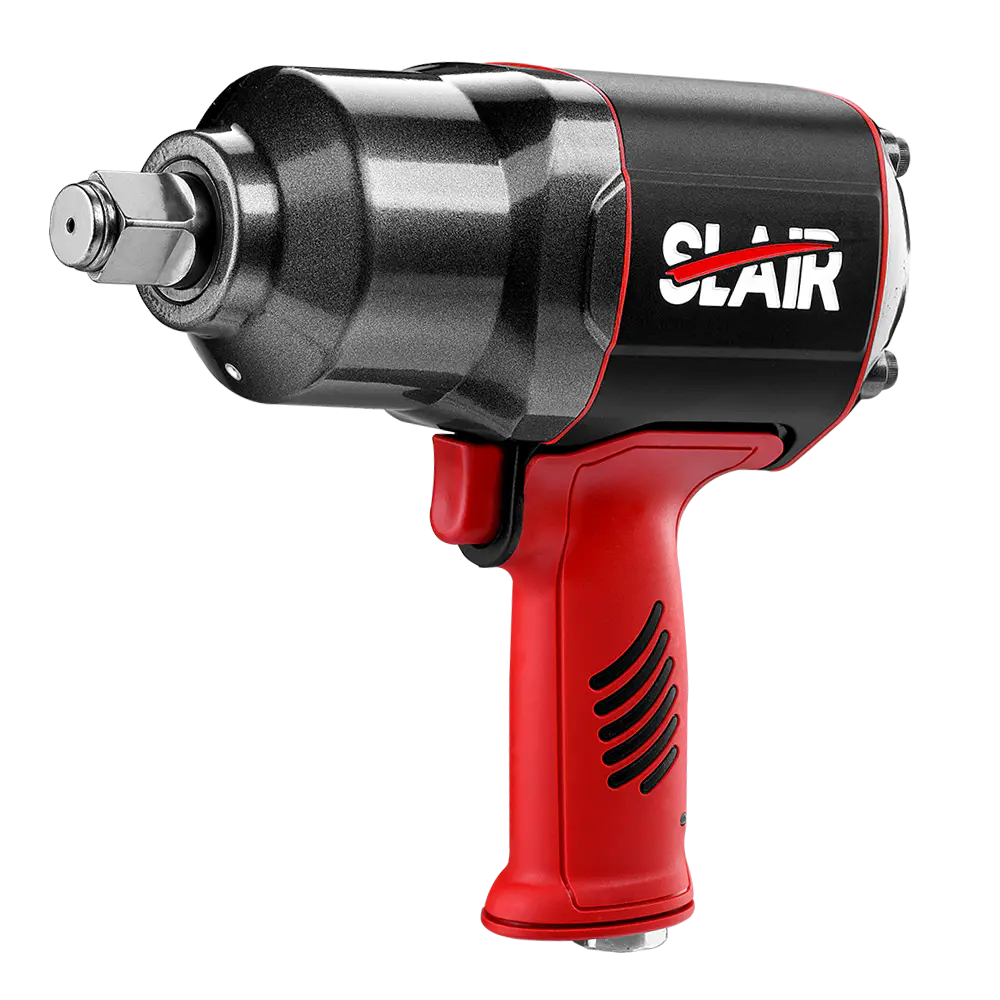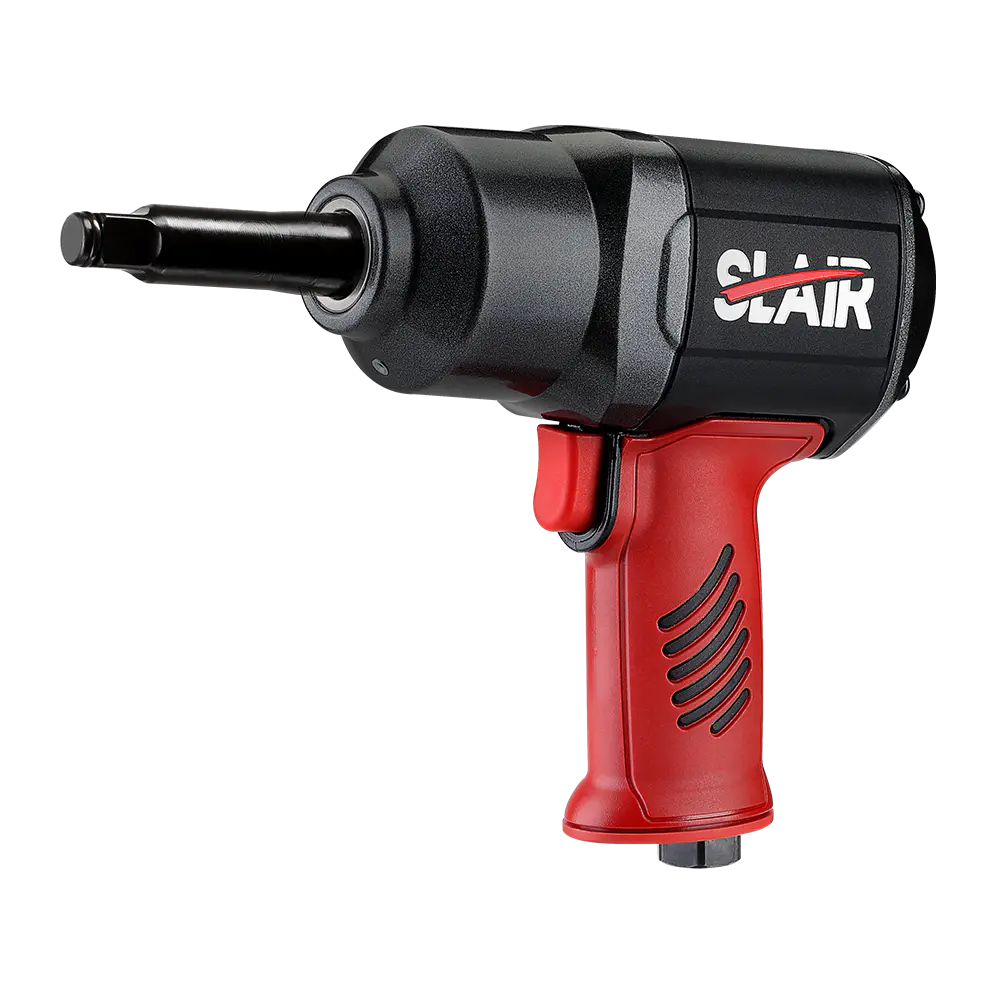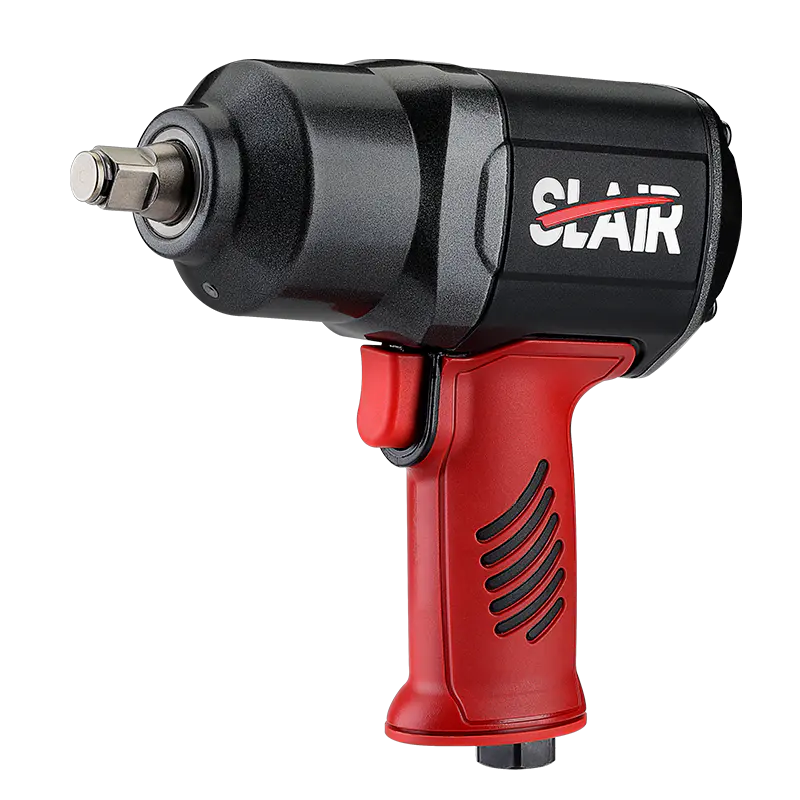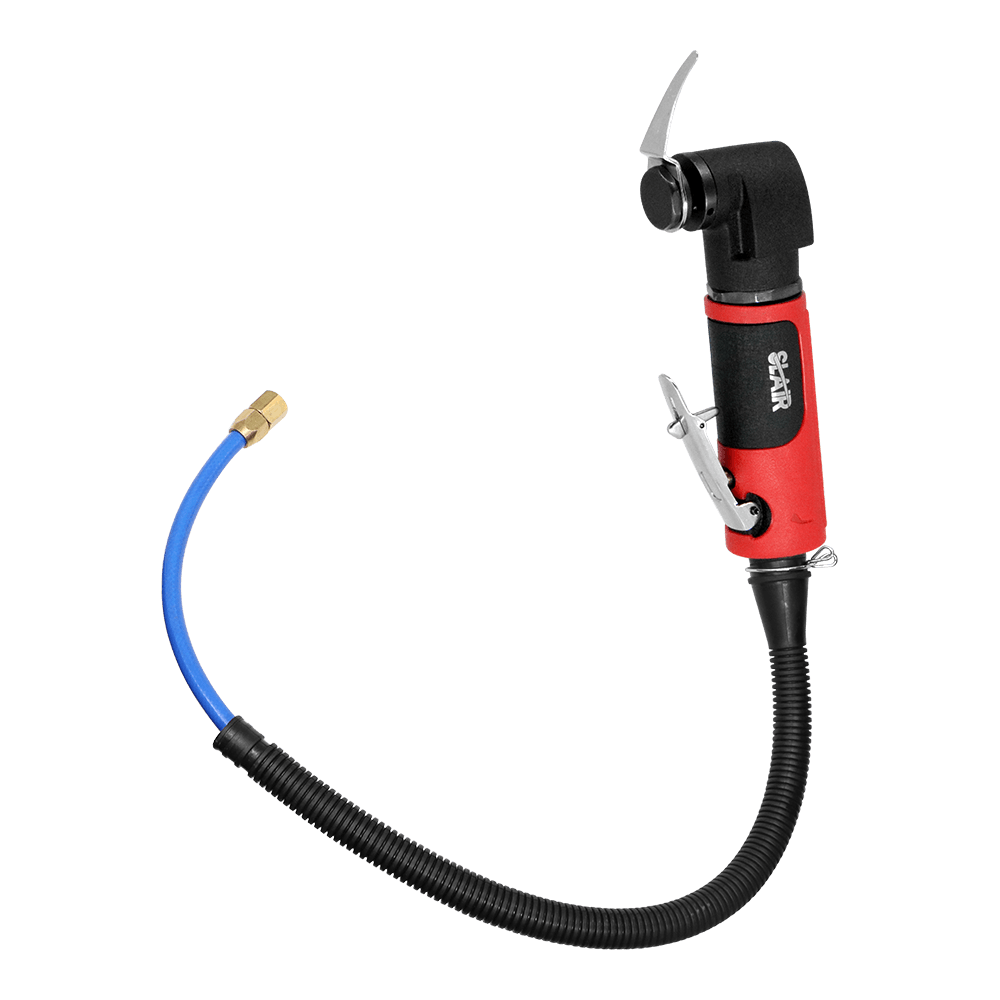The Air Tire Buffer is designed to act as an advanced shock-absorbing component within the tire system. By integrating this buffer into the tire assembly, it provides an additional layer of impact absorption. This significantly dampens the force generated when a vehicle encounters road irregularities such as potholes, bumps, or rough surfaces. By minimizing the direct transfer of these shocks to the suspension system, the buffer ensures that the ride remains noticeably smoother. This not only improves comfort but also reduces the likelihood of physical discomfort for passengers, especially on uneven or poorly maintained roads. The enhanced shock absorption capability helps maintain stability, allowing for a more refined driving experience in various terrains.
Vibration transfer is a common issue in vehicles, especially when traveling over surfaces that are not perfectly flat. The Air Tire Buffer is engineered to mitigate these vibrations by providing a cushioning effect that absorbs and disperses the energy generated from road surface contact. As a result, the frequency and intensity of vibrations that travel through the vehicle’s chassis and into the cabin are significantly reduced. For both the driver and passengers, this means less discomfort caused by constant vibrations, which can be particularly taxing on longer journeys. The smoother ride also contributes to a less tiring driving experience, allowing the driver to maintain focus and comfort throughout the trip.
Tires equipped with an Air Tire Buffer exhibit increased flexibility and responsiveness to road surface changes. This added flexibility allows the tire to better adapt to varying conditions, such as uneven terrain or shifting loads. The buffer helps maintain optimal contact between the tire and the road, enhancing the vehicle's ability to absorb changes in road profile. This improved tire flexibility ensures that the vehicle's suspension system is not overburdened by harsh road impacts, which would otherwise be felt more acutely by passengers. In essence, the Air Tire Buffer ensures that the tires provide a smoother, more adaptable response to road conditions, which translates into a more comfortable ride, especially in areas with inconsistent or challenging surfaces.
Efficient tire pressure management is a key factor in ride quality. The Air Tire Buffer contributes to more precise pressure regulation, ensuring that the tire remains within the optimal pressure range for improved performance. By maintaining balanced pressure, the buffer helps the tire retain its shape and cushioning properties, which in turn improves grip and handling. Proper tire pressure not only increases safety and tire lifespan but also enhances driving comfort. A well-regulated tire pressure system reduces the instances of excessive tire deflection or rigidness, both of which can lead to an uncomfortable and noisy ride. Consequently, drivers and passengers experience a smoother, more controlled driving experience, with fewer disruptions caused by fluctuating tire pressures.
The Air Tire Buffer plays a critical role in evenly distributing the weight of the vehicle across the entire contact surface of the tire. When the vehicle’s weight is more evenly spread, the risk of uneven tire wear is minimized, which ensures that each tire contributes consistently to the overall ride quality. Uneven load distribution can result in areas of the tire experiencing more pressure, which could lead to a rougher ride due to increased bouncing or jarring impacts. By mitigating this, the Air Tire Buffer helps maintain consistent tire performance across all four wheels. This balanced load distribution also contributes to a more stable vehicle handling, reducing the likelihood of uneven responses to steering inputs, and ultimately enhancing both comfort and safety.





 English
English 中文简体
中文简体 русский
русский Deutsch
Deutsch Português
Português Español
Español
















